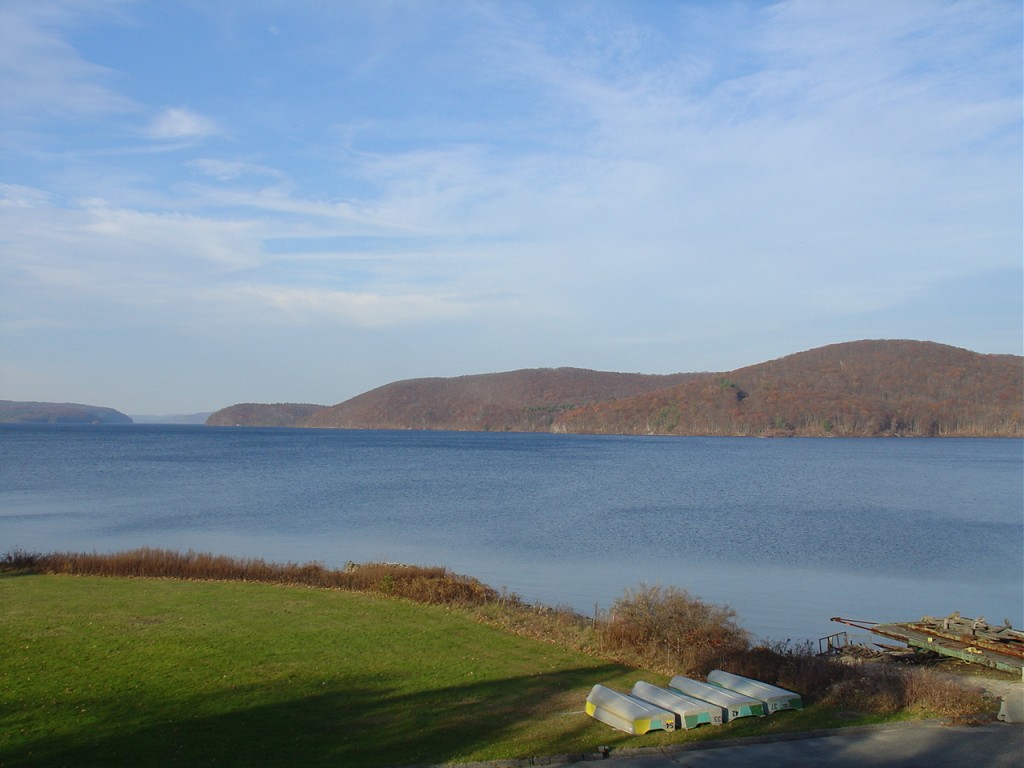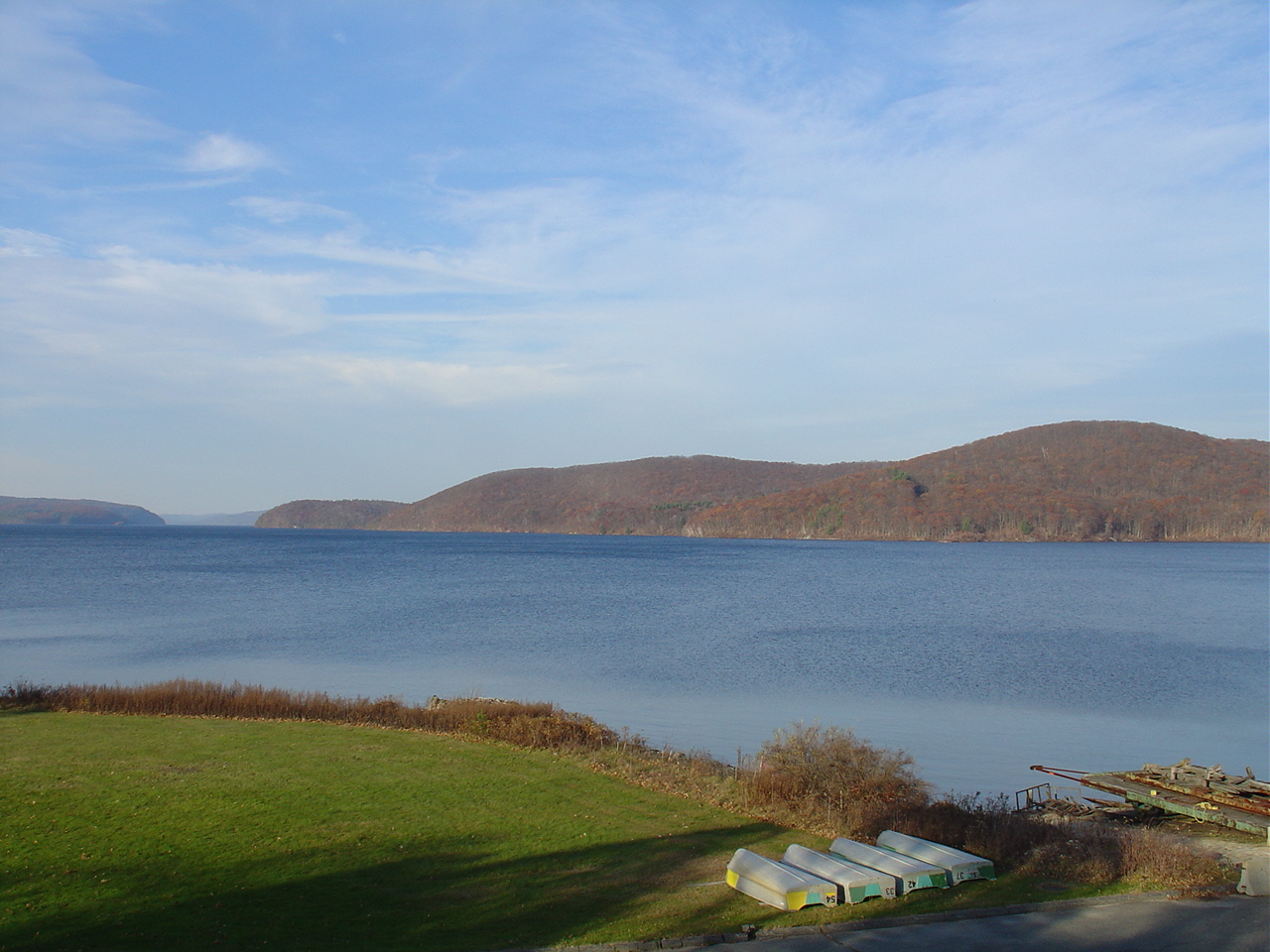
Photo Courtesy of Wikimedia Commons
Located in Central and Western Massachusetts was the Swift River Valley, and area of rich agriculture and mills. Like many small American towns, the towns of Dana, Enfield, Greenwich, and Prescott were built up along with Swift River where the river water was used for drinking and to power the mills and in the winter the ice was harvested and sold to other parts of the United States.
By the early 19th century the need for water in Boston has surpassed what was available and between the years of 1846-1848 construction began on the Cochituate Aqueduct on Lake Cochituate located in Wayland and Natick. This would supply up to 10 million gallons of water per day. The constriction of this reservoir would solve to problem of much needed water for only a short period of time. The need was great so a study was commissioned to find another spot in Massachusetts where water could be obtained to satisfy the thirst of the growing city of Boston and the surrounding communities.
The legislation that created the Cochituate Aqueduct also set forth three policies that are still in effect concerning the water supply system in Massachusetts.
- Public rather than private ownership of the water supply system
- Use of upper reservoirs, with gravity fed rather than a pump system
- Watershed protection, rather than filtration, as the primary measure to ensure the quality of the water.
With demand growing in 1922 another study was commissioned and it was decided that the damming of the Swift River was the only way to provide a long term solution to the water problem in Boston. The Metropolitan Water District was created and included 26 communities within ten miles of the Massachusetts State House in Boston. That has increased today to 40 communities and serves as a backup system for several more in the Commonwealth.
The major problem in the construction of this new water system were the town of Dana, Enfield, Greenwhich, and Prescott all of which were located in the Swift River Valley and would have to be destroyed so the valley could be flooded. All of the structures, houses, barns, shops, mills, and cemeteries as well as all of the vegetation would have to be removed and all of their citizens relocated. The residents opposed this decision and took their case to the Massachusetts Supreme Judicial Court which ruled against them and in April of 1938 the four communities ceased to exists.
There is nothing left of these once occupied communities with the exception of the Dana Common located in the center of what was Dana Massachusetts. There is a stone marker that was placed there in 1996 at a reunion of the townsfolk still living. Access to this area is available by foot.
Today the Quabbin Reservoir covers an area of 38.6 square miles and holds a total of 412 billion gallons of water. The entire system is gravity fed so there are no pumps used along the entire system. The Quabbin Watershed is a beautiful area that has been preserved as parkland and a refuge for wildlife although I believe that all of that beauty and conservation came at too high of a price.
Several years ago I was exploring this area and came across the Swift River Valley Historical Society which maintains three buildings in New Salem Massachusetts with an extensive collection of artifacts from the three towns. If you find yourself in the area it is worth the trip to the museum.
Just this past weekend I discovered a documentary that was aired on WGBY in 2001 called under the Quabbin. This documentary takes viewers under the waters of the Qubbin to visit the town for the first time since 1938. I have embedded the video below. It is about an hour long but worth watching.
The destruction of these four communities and the way of life of thousands of people is, in my opinion, a black mark on the history of the Commonwealth of Massachusetts. To destroy people’s homes and businesses for no other reason, than to provide water to people in another part of the state is just wrong. The communities in that area receive no benefit from the Quabbin as all of the water is sent east. The people of the Swift River Valley were not wealthy but they lost their homes to the wealthy of Boston and surrounding communities who do not even remember the names of the four towns that were destroyed.

